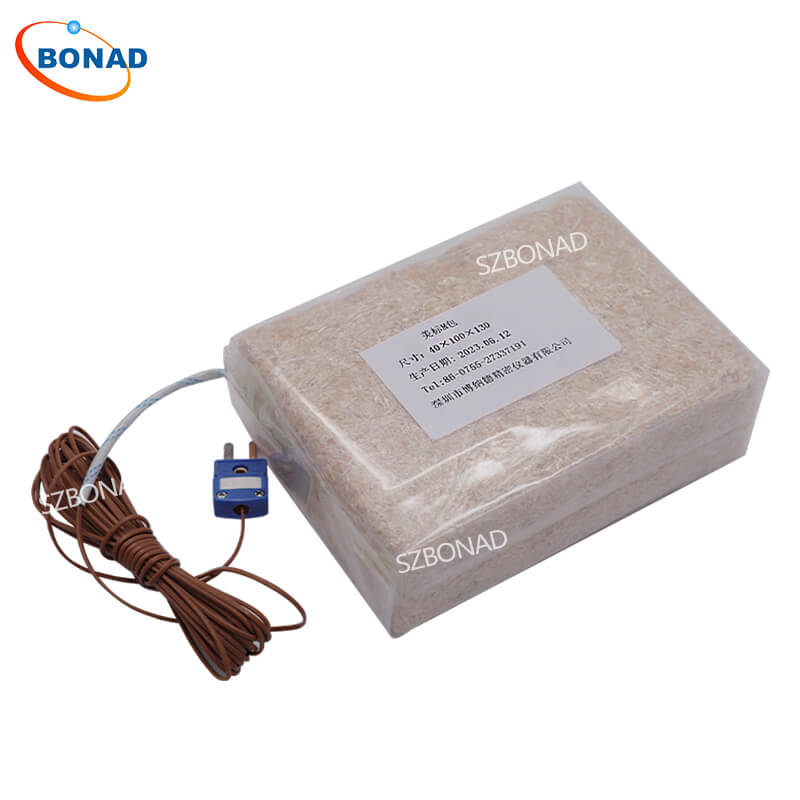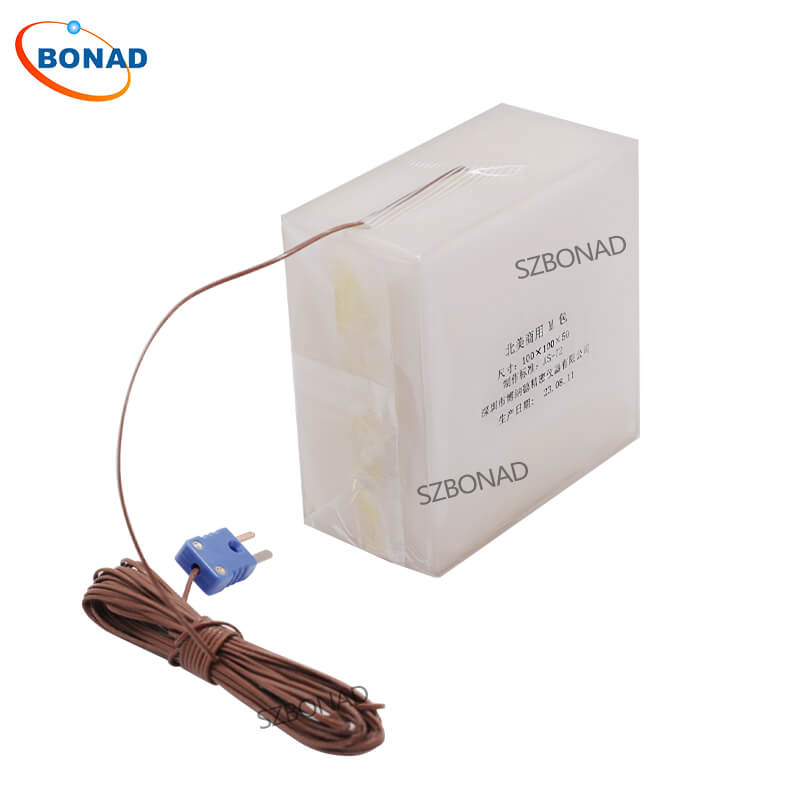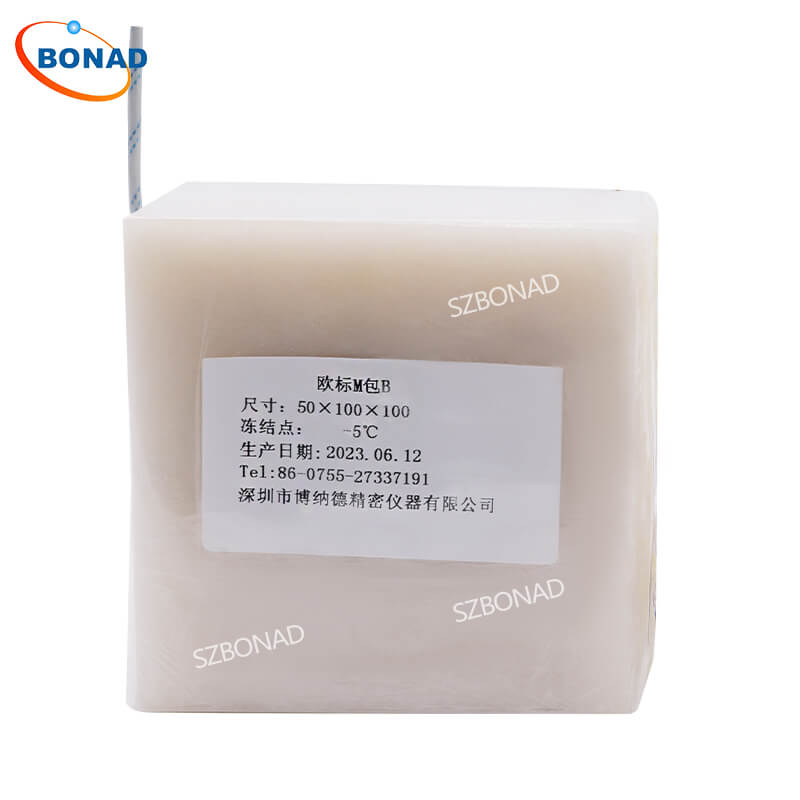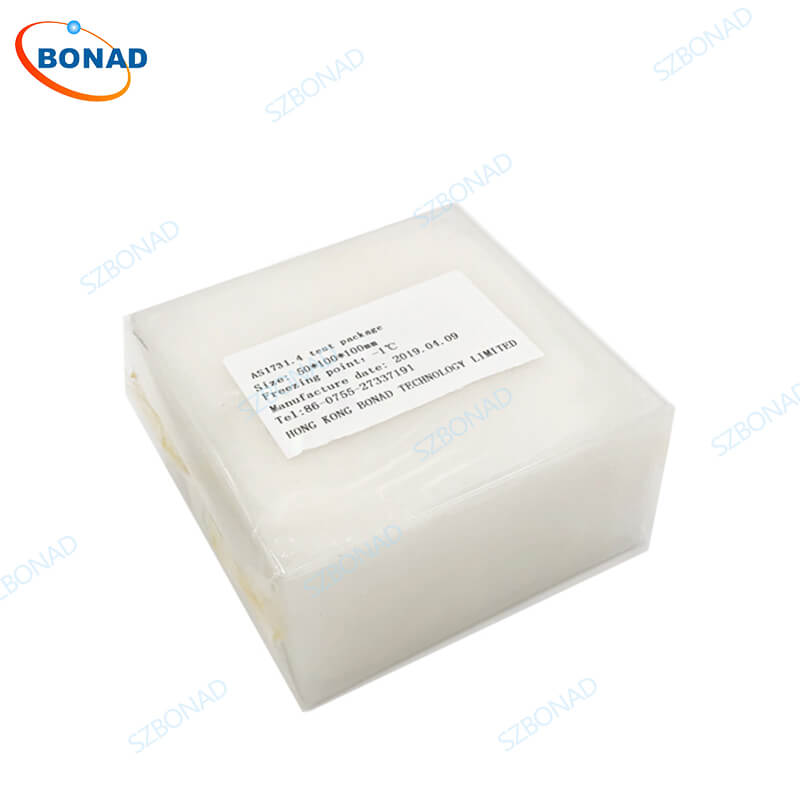When selecting a refrigerator load test bag, several crucial factors should be taken into account to ensure optimal performance and compatibility with your refrigerator model. Here’s a detailed guide to help you make an informed choice:
Compatibility:
Ensure that the test kit you choose is compatible with your specific refrigerator model. Different models may require varying specifications or types of load test kits.
Capacity:
Select a test kit that matches the capacity requirements based on your refrigerator’s specifications and design load capacity. It is essential that the test kit’s capacity does not exceed the load range your refrigerator can handle.
Temperature Range:
Opt for a test kit that offers a broad temperature range. This ensures that you can conduct tests under different ambient temperatures, simulating various operational conditions of the refrigerator.
Accuracy:
The accuracy of the test kit is paramount. A highly accurate test kit will allow you to measure the refrigerator’s performance and efficiency precisely. Choosing a calibrated and verified test kit will provide more reliable data.
Durability:
Consider the durability and reliability of the test kit. A high-quality, sturdy, and durable test kit will ensure long-term usability without frequent replacements or issues.
Types of Refrigerator Load Test Bags
1. Sawdust Bag and M Bag:
- These bags comply with American Standard ANSI/AHAMHRF-1 2007 and Saudi Standard SASO 2664/2007.
- Made primarily from hardwood chips.
- The M bag includes a thermocouple or pre-buried copper tube for temperature measurements.

2. North American Commercial Test Bag (M Bag):
- Complies with North American Commercial Standard AS72-2005.
- Used as a filling test bag for commercial purposes.

3. International Test Bag:
- Adheres to GB8059.1-4, GB/T21001.2, and ISO15502 standards.
- Commonly used worldwide.
- Available in two specifications: -1℃ and -5℃.

4. Australian Standard Test Bag:
- Meets Australian Standard AS1731.4-2003.
- Used as a filling test bag in Australia.



